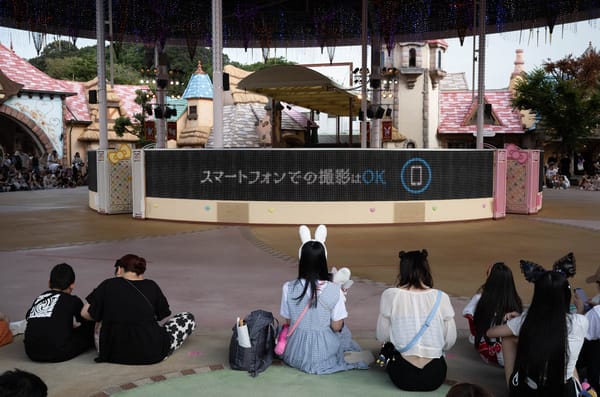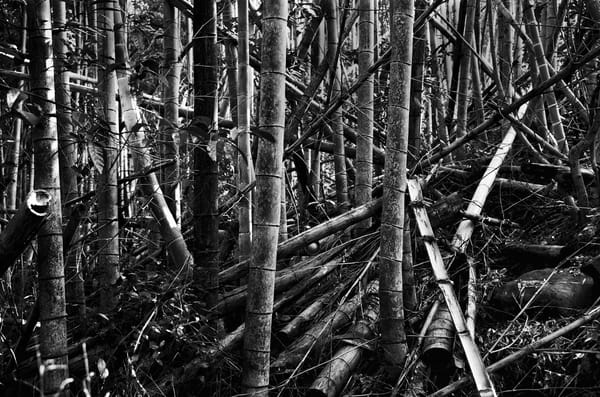LiquidityJP
On translations across time.

I’m reluctant to call this made-in-Japan photo a Liquidity portrait since it’s not part of that project, nor is it, like LiquiditySF, about the banking district. And yet.
I guess there are umbrellas? What I aim for in a “liquidity” is the flow of people, the tension between identity, collective motion, presence and a sense of being carried along by an impatient world. Finding moments in the flow, usually driven by urgent commerce.
Not long ago I discovered from Joel Pulliam that photographer Yasuhiro Ishimoto had included some similar-looking portraits in his 2004 book moment. I had to see them.
The book was not easily found – yet eventually a somewhat water-bent, battered copy arrived from the Japan Post onto my doorstep here in California.
It’s true that some of Ishimoto’s photos in this book look surprisingly similar to ones I made for LiquiditySF. But it’s also true that his purpose is different, his context different. I was floored by the beauty of this work, which includes not only those street portraits but also, mixed between the portraits, photographs collected over many years, depicting melting snow, or discarded aluminum cans worn-down on the pavement where they’ve been crushed and stepped on a thousand times, or leaves slowly dissolving in days of rain (or were the portraits, instead, mixed into those images?).

Where I’ve been trying to pluck-out solidity from the flow, Ishimoto shows that the flow continues regardless. I’m seeking individuals, he’s letting them dissipate, a reminder of impermanence.
The opposite of a true thing is also often true.
Ishimoto was born in the US, and oscillated for a while between Japan and America, becoming well-known in both countries before I was born. How I wish I’d met him. I am still moved by his receding shadow.
The title of moment is written in both English and Japanese - in Japanese twice, in fact: Once as 刻 and then in phonetic furigana as とき (“toki”) – the translation seems a bit fluid, baffling to Google and the other dictionaries I consulted. The kanji “刻” seems to mean “scratch,” or “engraving.” The closest to the English “moment” using it is maybe “時刻” as in cutting-up time. I’m no proper Japanese scholar and I don’t know what he really meant but also maybe I do. Waves of light across time. Echoes of an angel.




